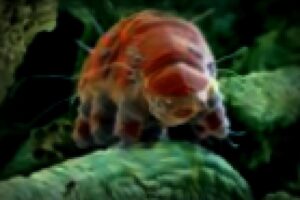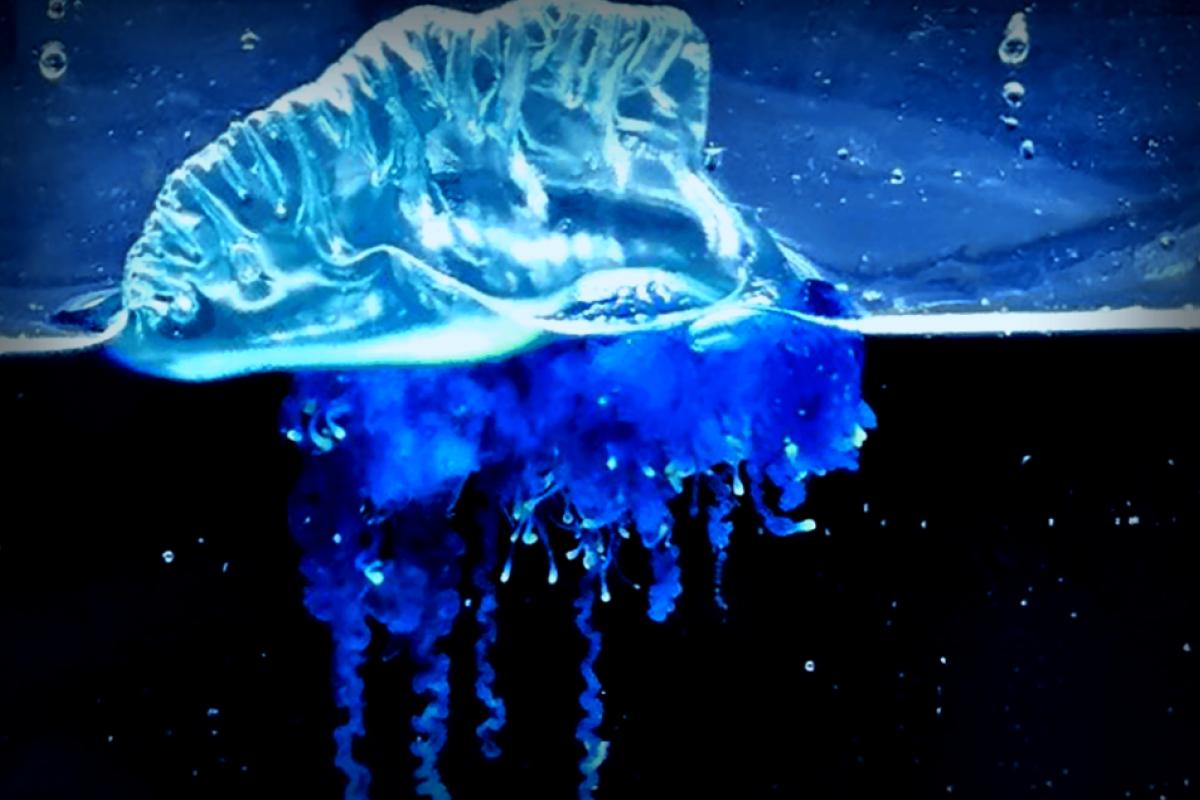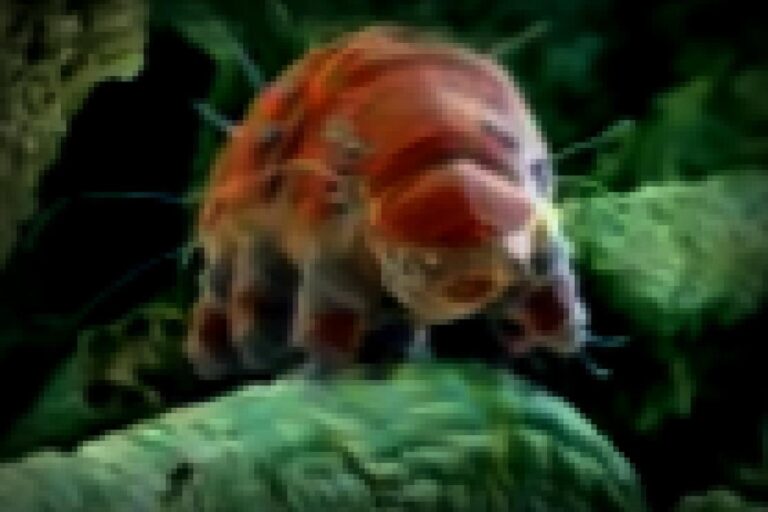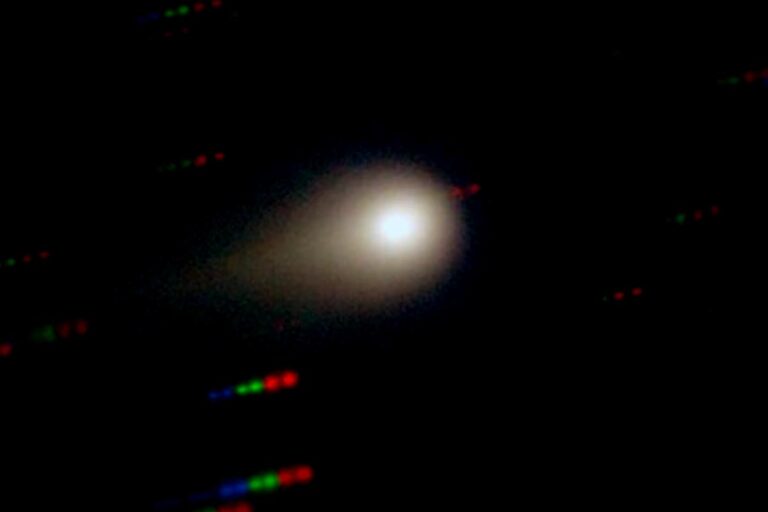Something fascinating just happened off the coast of northeast Japan – a student-led research team recently discovered a new type of Portuguese man o’ war. This species hadn’t been seen before in this area, igniting curiosity about how climate change is pushing marine life to shift their habitats.
Yoshiki Ochiai, the second author of the study, shared how this discovery unfolded: “I was actually diving into a completely different research project around Sendai Bay in the Tohoku region when I stumbled upon this jellyfish I’d never encountered here before,” he explained in a statement. Without hesitation, he scooped the jellyfish up, tossed it into a ziplock bag, hopped on his scooter, and rushed it back to the lab!
The jellyfish turned out to be a new member of the Physalia family, distinctively named Physalia mikazuki, also known as the crescent helmet man o’ war. This name pays homage to Sendai’s historical warlord, Date Masamune, recognized for his iconic crescent-shaped helmet.
Earlier this year, researchers discovered that the Portuguese man o’ war isn’t just a single species; it’s actually four different species, each with its own habitat. In Japan, we’ve known Physalia utriculus to inhabit waters from Okinawa to Sagami Bay. For a long time, scientists believed it was the only member of its kind in the region. However, DNA analyses revealed that P. mikazuki had been around quietly but was only identified as new when it showed up in Tohoku’s waters.
“Recording all the unique features of its anatomy that set it apart from the other four Physalia species was quite an involved effort,” shared Chanikarn Yongstar, the study’s first author. “I had to diligently analyze every aspect, even comparing them to illustrations in old research texts where scholars painstakingly depicted jellyfish anatomy. Given its many interwoven parts, it was quite a challenge!”
To understand how this species ended up so far north, the scientists used computer simulations to track ocean currents. Their findings indicated that the Kuroshio Current had shifted approximately 2 degrees northward between 2023 and 2024, likely bringing the jellyfish with it as ocean temperatures surged.
Study author Muhammad Izzat Nugraha explained how this simulation works: “Imagine dropping bright red beach balls in the ocean and estimating where they’ll float over a few days or weeks. Our simulation showed that these beach balls made a route directly from Sagami Bay to where we discovered the crescent helmet man o’ war in Tohoku!”
This discovery points to broader implications not only connected to climate change effects but also concerning local marine ecosystems. As we know, Physalia prey on fish larvae and can even pose stinging threats to beachgoers.
The findings of this remarkable research have been published in Frontiers in Marine Science.



















